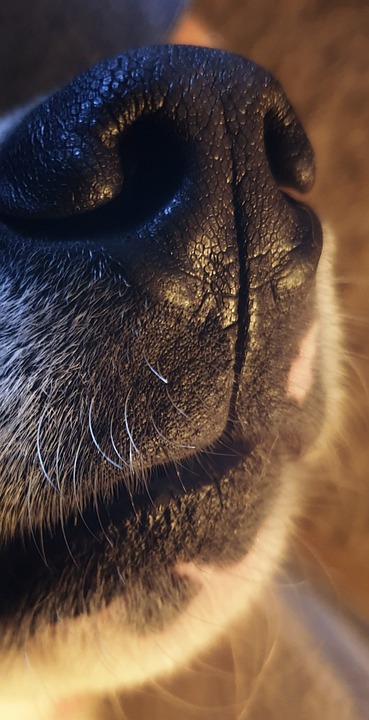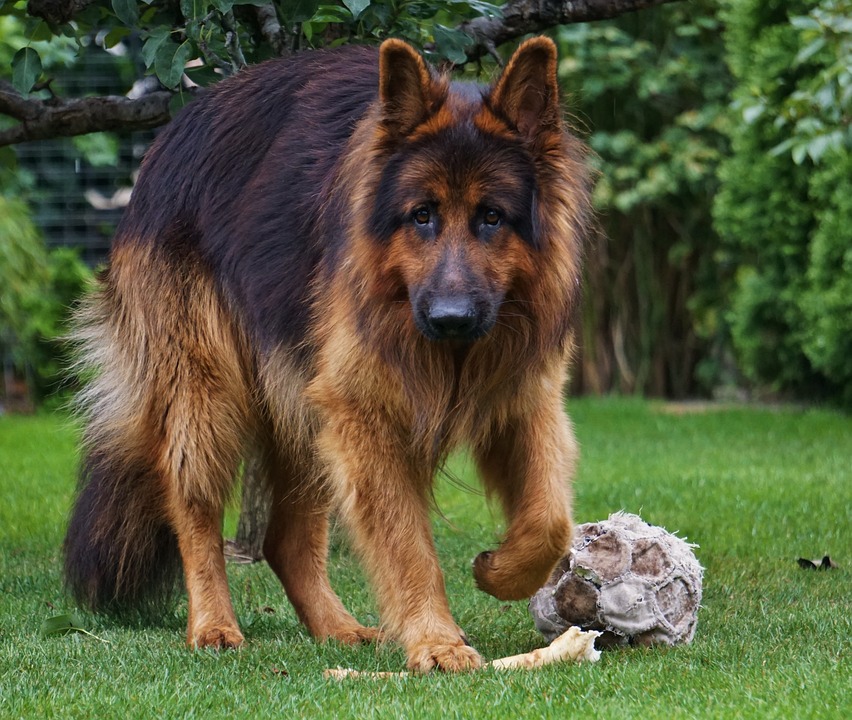If you’ve ever noticed the stiff, coarse hairs around your dog’s nose, eyebrows, and cheeks, you’ve seen their whiskers in action. These special hairs aren’t just for looks—they’re a crucial part of your dog’s sensory system, helping them navigate the world and even communicate with you. Whether they’re begging for a treat or exploring their surroundings, whiskers play an essential role in a dog’s life.
What Exactly Are Dog Whiskers?
Dog whiskers, also called vibrissae, tactile hairs, or sinus hairs, are unique sensory tools that differ greatly from regular fur. While fur primarily protects the skin and regulates temperature, whiskers are designed to detect the faintest touch or change in air currents. This sensitivity helps dogs sense objects, even in the dark, and gauge the size, shape, and distance of nearby items.
Whiskers are only located on the face, including:
- Above the eyes
- Around the nose and muzzle
- On the cheeks
- Under the chin
Since dogs use their faces and noses to explore their surroundings, these areas are naturally equipped with whiskers for additional sensory input.
How Whiskers Work
The anatomy of whiskers makes them highly sensitive. Unlike regular hair, whiskers grow from follicles with an extensive blood supply and many nerve endings. When whiskers detect even a slight touch, they transfer pressure to the blood sinus within the follicle. This signal is then amplified and sent to the brain, giving dogs detailed information about their environment.
Unlike regular fur that reacts involuntarily (such as when a dog’s hackles rise), whiskers are connected to striated muscles, allowing dogs to move and position them consciously. Puppies develop whiskers in the embryonic stage—before any other type of hair—helping newborns locate their mother and nurse, even before they can see.

What Do Whiskers Do?
Whiskers serve a variety of functions that go far beyond detecting touch. They help dogs:
- Navigate tight or dark spaces
- Sense nearby objects when vision is less effective
- Protect the eyes by triggering reflexes like blinking
- Detect wind direction to locate scents
- Identify food or small objects
- Avoid injuries by sensing potential dangers
Whiskers are especially vital for blind or visually impaired dogs, helping them move around their environment safely.
Why You Should Never Remove Whiskers
While it might seem harmless to trim or remove whiskers, doing so can significantly impact your dog’s ability to sense their surroundings. Dogs without whiskers may bump into walls, misjudge spaces, or feel discomfort during routine activities like fetching. Even though whiskers themselves don’t have nerves, removing them can still cause distress by disrupting the sensory input they provide.
Key Takeaways:
- Avoid trimming, plucking, or shaving whiskers unless required for medical reasons.
- Damaged or shed whiskers will typically grow back as long as the follicle remains intact.
The Incredible Role of Whiskers
Next time you see your dog sniffing, exploring, or reacting to their environment, remember the powerful role their whiskers play. These seemingly simple hairs are actually a sophisticated sensory tool, allowing dogs to interact with the world in ways we’re only beginning to understand. Taking care of your dog’s whiskers ensures they can continue to navigate their world comfortably and confidently.

“A blog for pet lovers” is a dedicated space where animal enthusiasts can explore tips, stories, and expert advice on pet care, training, health, and more. Whether you’re a dog person, a cat lover, or someone who adores all animals, this blog offers a warm and engaging community for you to connect, learn, and celebrate the joy of having pets…






